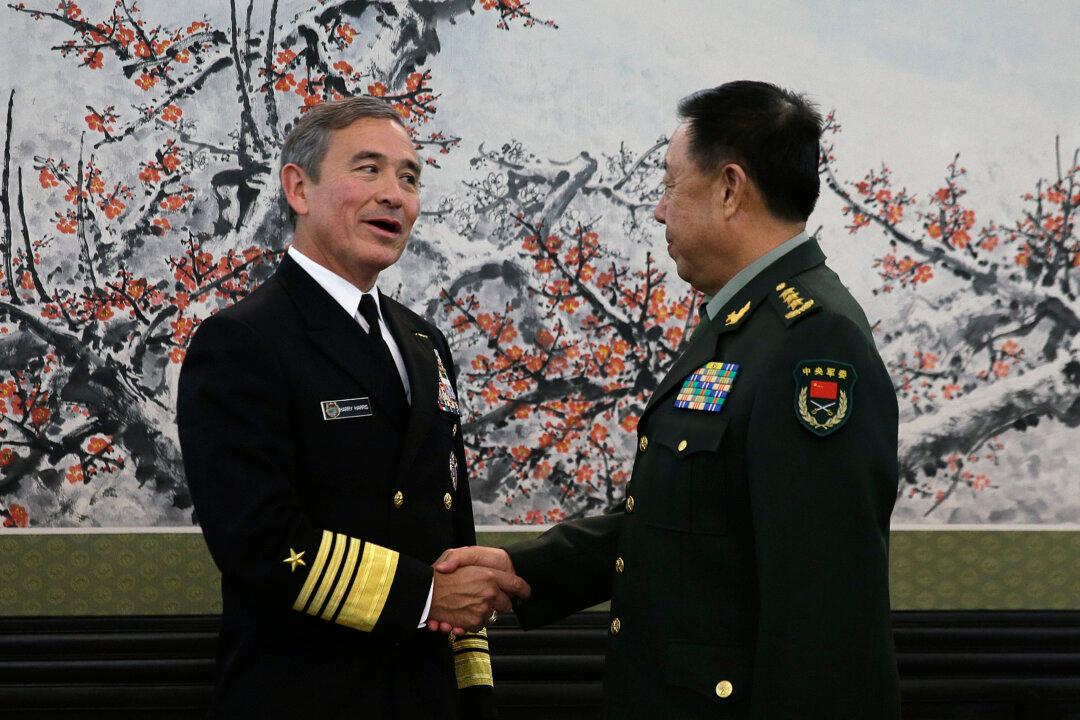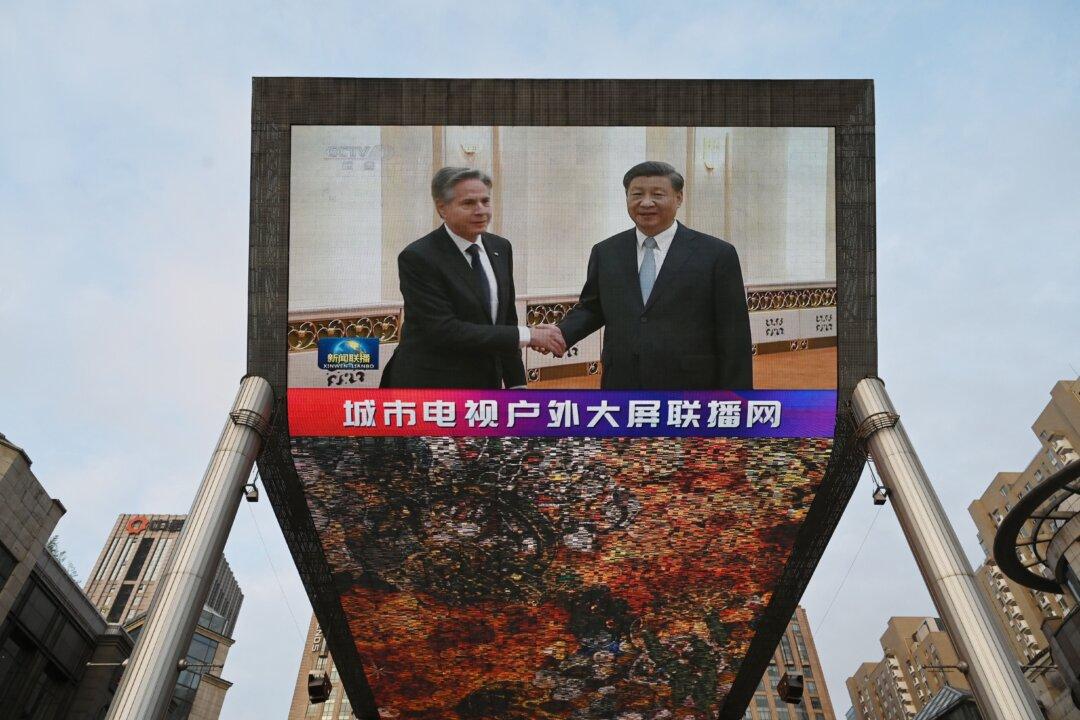A Navy admiral and former head of U.S. Pacific Command has raised concerns about the lack of capability of the Defense Department (DOD) of detecting at least four previous Chinese spy balloons that allegedly traveled over the United States in recent years.
The comment by retired Adm. Harry Harris Jr. was made at a Feb 7 House Armed Services Committee hearing on the pressing threat of the Chinese Communist Party.




